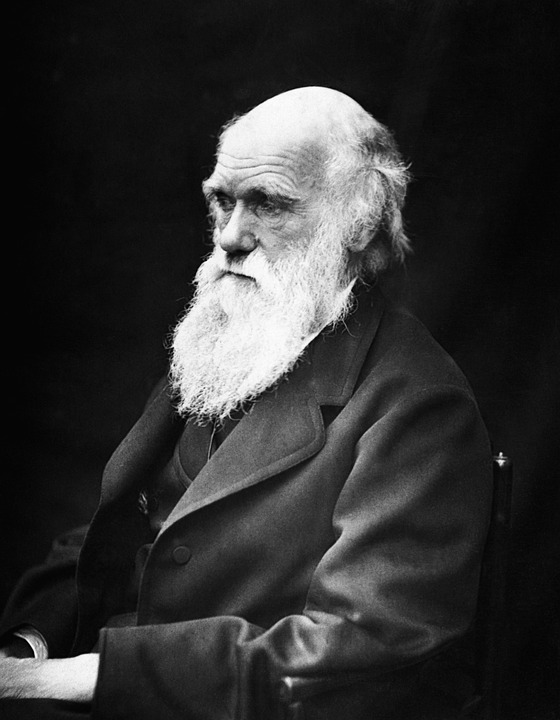
From Flawed to Fearless: The Transformation of a Character’s Identity
In literature, one of the most compelling themes is the transformation of a character’s identity. This journey from flawed to fearless is often the driving force behind a character’s growth and development throughout the story. Whether it be a physical, emotional, or mental transformation, witnessing a character evolve and overcome their flaws is not only captivating but also inspiring to readers.
The Flawed Beginning
Every character has flaws or imperfections that make them relatable and human. These flaws can range from insecurity and self-doubt to arrogance and recklessness. In many stories, these flaws serve as obstacles that the character must overcome in order to achieve their goals or fulfill their destinies.
For example, a character may be plagued by self-doubt due to past failures or traumas. This insecurity may manifest as hesitancy or indecision, preventing the character from taking risks or seizing opportunities. Through the course of the story, the character may be forced to confront their insecurities and learn to trust in themselves and their abilities.
The Transformation Begins
The transformation from flawed to fearless often begins with a catalyst or inciting incident that forces the character to reevaluate their beliefs, choices, and actions. This moment of crisis or revelation serves as a turning point for the character, sparking a journey of self-discovery and growth.
In some stories, the transformation may be triggered by external forces such as a mentor, ally, or rival who challenges the character to confront their flaws and embrace their potential. This external influence can push the character out of their comfort zone and inspire them to change for the better.
For example, a mentor may offer guidance and wisdom to a character struggling with self-doubt, encouraging them to believe in themselves and their abilities. Through the mentor’s support and encouragement, the character may begin to see themselves in a new light, gaining confidence and courage along the way.
The Struggle and Growth
The transformation of a character’s identity is rarely easy or straightforward. Often, the character must face numerous challenges and obstacles that test their resolve and determination. These struggles may come in the form of external conflicts such as battles or betrayals, as well as internal conflicts such as doubts and fears.
During this phase of growth, the character may experience setbacks and failures that force them to confront their flaws and weaknesses. These moments of vulnerability can be harrowing and painful, but they also provide opportunities for the character to learn and grow.
For example, a character may be faced with a moral dilemma that forces them to choose between their own self-interests and the greater good. In making this difficult choice, the character may discover a newfound sense of strength and integrity, transforming them from selfish and shortsighted to selfless and courageous.
The Road to Fearlessness
As the character continues on their journey of transformation, they begin to shed their flaws and embrace their strengths. This process of self-discovery and empowerment allows the character to become fearless in the face of adversity and uncertainty.
Through their trials and tribulations, the character learns to trust in themselves and their abilities, recognizing their own worth and potential. This newfound confidence and courage enable the character to face their fears head-on and overcome obstacles that once seemed insurmountable.
Ultimately, the transformation from flawed to fearless is not just a physical or external change, but a psychological and emotional evolution. The character’s identity is reshaped and redefined through their experiences and choices, culminating in a powerful and inspiring transformation that resonates with readers.
Conclusion
The transformation of a character’s identity from flawed to fearless is a powerful and evocative theme in literature. Through their journey of growth and self-discovery, characters confront their flaws and insecurities, overcoming challenges and obstacles to emerge stronger and more resilient.
This transformation is not just a narrative device, but a reflection of the human experience and the universal struggle to overcome our limitations and fears. By witnessing a character evolve and change, readers are inspired to confront their own flaws and embrace their potential, knowing that they too have the strength and courage to become fearless.
In the end, the transformation of a character’s identity is a reminder that growth and change are possible, no matter how flawed or imperfect we may be. Through our struggles and challenges, we have the opportunity to transform ourselves and become the fearless heroes of our own stories.